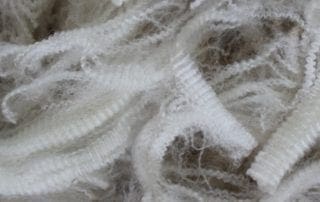Score Natural Fibres Fairly – IWTO Responds to Green Claims Consultation
Every type of fiber should receive an equitable environmental assessment. In order to accomplish this goal, rating methodologies must address any inherent prejudice against natural fibers, as emphasized by the International Wool Textile Organization during their input into the upcoming European legislation in a consultation with lawmakers. The stakes are high: the risk of losing credibility with consumers. Although a standardized method for evaluating the environmental impact of products is desirable, it is essential that the system is both significant and precise. Only then can it fulfil its purpose of correctly identifying genuinely sustainable products, as underscored by IWTO. IWTO responded to a consultation that was part of a wider initiative being developed by the European Commission. The initiative will lead to legislation on the environmental claims companies will be allowed to make about their products and services. Ensuring a level playing field for natural fibres The wool industry




